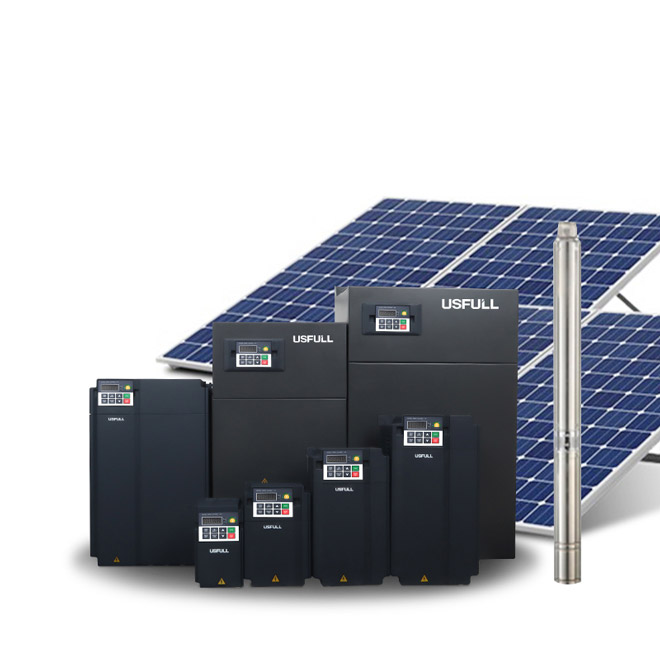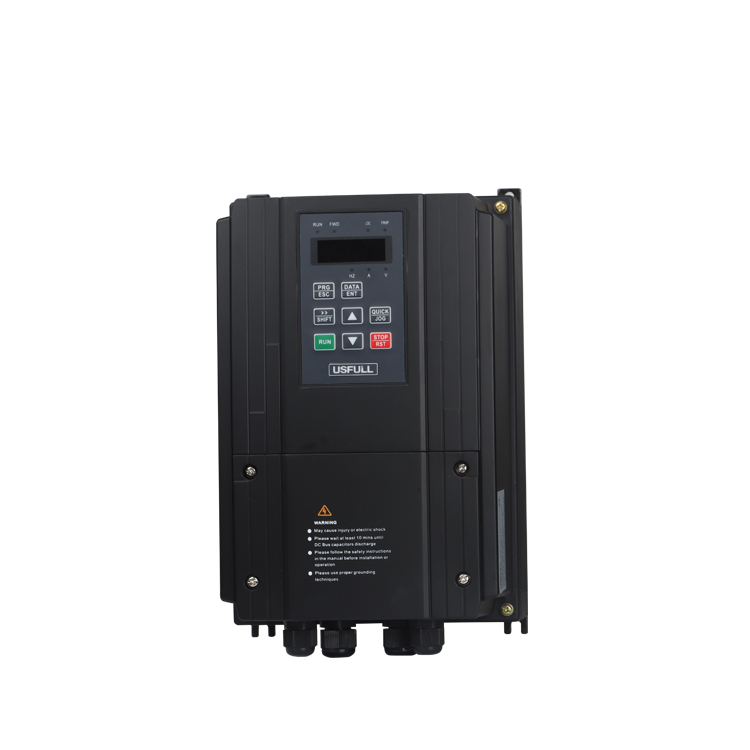Was passiert mit der Sonnenenergie, wenn die Sonne nicht scheint? Eine einfache Frage mit einer verblüffenden Antwort.
Natürlich möchten die Menschen nicht, dass ein Solarpanel in ihrem Haus installiert wird und der Fernseher plötzlich zu flimmern beginnt, während ein Wölkchen am Himmel steht und sie bei Kerzenlicht Bücher lesen müssen. Die Solarenergie zu einer praktikablen Option zu machen, ist eines der ersten Dinge, die Wissenschaftler und Ingenieure herausfinden müssen, auch wenn die Sonne bleibt oder nach einigen Wolken verschwindet.
Als die ersten Geräte erfunden wurden, die die Sonnenenergie einfangen konnten, waren sie noch nicht sehr effizient.
Ähnlich wie Touchscreens, Videochats oder Tacos mit Dorito-Geschmack ist die Solarenergie eine dieser perfekten Ideen, die eine Weile brauchten, um richtig zu werden. Ob Sie es glauben oder nicht, die ersten Solargeräte wurden in den 1800er Jahren eingeführt.
1878 erfand Augustin Mouchot ein Gerät, mit dem Wasser durch die konzentrierte Kraft der Sonne gefroren werden konnte. Es war ein cooles Experiment, aber nicht gerade eine vernünftige oder praktikable Lösung für die Energieerzeugung im großen Stil.
Mouchot gewann für seine Erfindung eine Goldmedaille auf der Weltausstellung in Paris, aber sein Gerät war gigantisch, und Kohle wurde schnell zur bevorzugten Energiequelle, so dass es sich nicht durchsetzen konnte.
Der andere Nachteil seiner Erfindung? Der solarbetriebene Wassergefrierschrank funktionierte nur an (Sie haben es erraten) sonnigen Tagen. Aber das war 1878. Seitdem haben sich die Dinge sehr verändert.
Im Laufe des letzten Jahrhunderts hat sich die Effizienz und Machbarkeit der Solarenergie dramatisch verbessert, und sie wird täglich besser.
Schauen Sie sich nur diese lustige, leicht zu lesende Tabelle an!
Ich weiß, ich weiß, das ist eine Menge. Aber es zeigt Ihnen, dass wir seit 1975 immer besser darin geworden sind, die Sonnenstrahlen effizient in Energie umzuwandeln, die unsere Häuser, Unternehmen und sogar einige Autos und Flugzeuge mit Strom versorgen kann.
Wie kann die Solarenergie also weiter Strom liefern, wenn die Sonne untergeht?
Die Antwort ist recht einfach: Lagerung.
Die Antwort ist recht einfach: Lagerung.
Die Art und Weise, wie sie das tun, ist ziemlich erstaunlich. Photonen (auch Lichtteilchen genannt) treffen das Solarmodul sehr stark - so stark, dass Elektronen (auch bekannt als das, woraus Strom besteht) herausgeschlagen werden. Dann leitet das Solarmodul diese losen Elektronen in eine Batterie oder einen Supraleiter, der sie speichern kann. Wenn ein Gebiet über ein zuverlässiges Stromnetz verfügt, können die Hausbesitzer ihre Solarmodule einfach an dieses Netz anschließen. Für sie ändert sich im Vergleich zu ihrer normalen Stromquelle nichts, außer (normalerweise) einer niedrigeren Stromrechnung.
Vielen Menschen ist nicht klar, dass Solarstrom nicht gleichbedeutend mit Netzunabhängigkeit sein muss", sagt Dan Whitson, Solarmanager bei Green Audit USA in Long Island, N.Y.
Das Netz ist hier ziemlich zuverlässig, so dass Batterieoptionen auf Long Island nicht unbedingt kosteneffektiv sind", erklärte Whitson am Telefon. "Aber das ist etwas, das wir den Hausbesitzern erklären müssen, dass sie immer noch an das Stromnetz angeschlossen sind, auch wenn sie sich für Solaranlagen entschieden haben.
Wenn Sie Solarzellen auf Ihrem Dach haben, ist es nicht so, dass Ihre PlayStation direkt an sie angeschlossen ist. Die Solarmodule werden an die normalen Stromleitungen angeschlossen und tragen dazu bei, einen Teil der Energiekosten auszugleichen, oder sie werden an einen Kasten angeschlossen, der den Strom im wahrsten Sinne des Wortes für schlechte Zeiten speichert.



